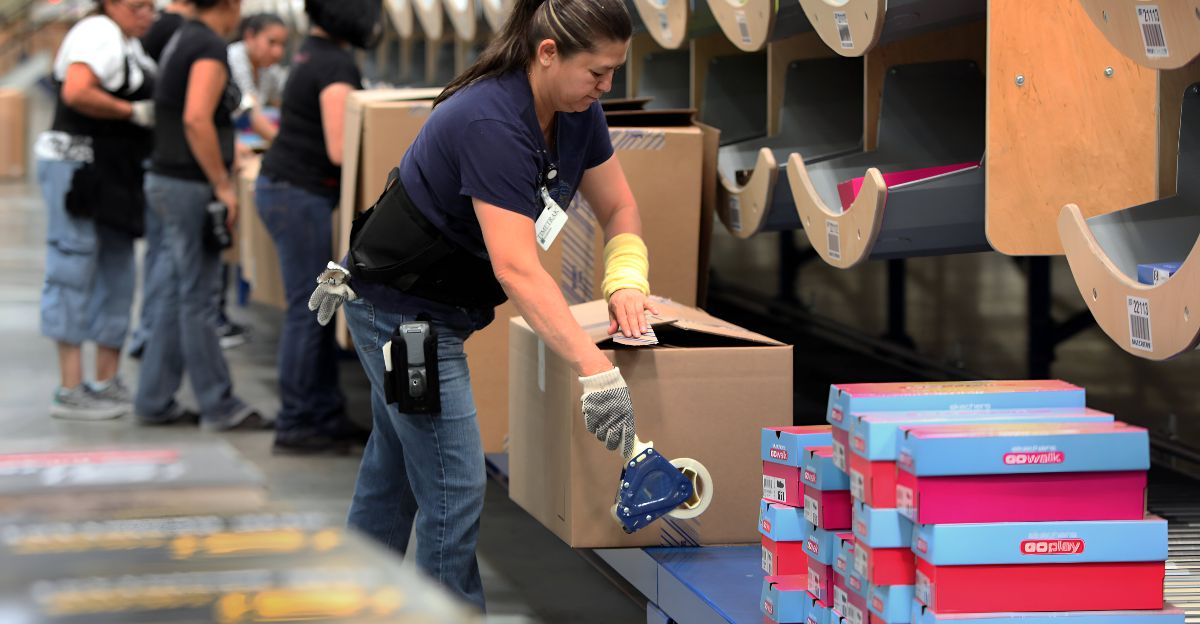
The denim and clothing industry was quite surprised by a decision made by a very well-known American jeans company. Unfortunately, they have announced that they are going to close down a major hub, which will leave many employees without jobs.
Not only has this caused concern for people who follow the industry, but it has also affected the communities involved. While it shows a pivotal change, details have come out slowly as to the reasons why.
The Iconic American Jeans Brand
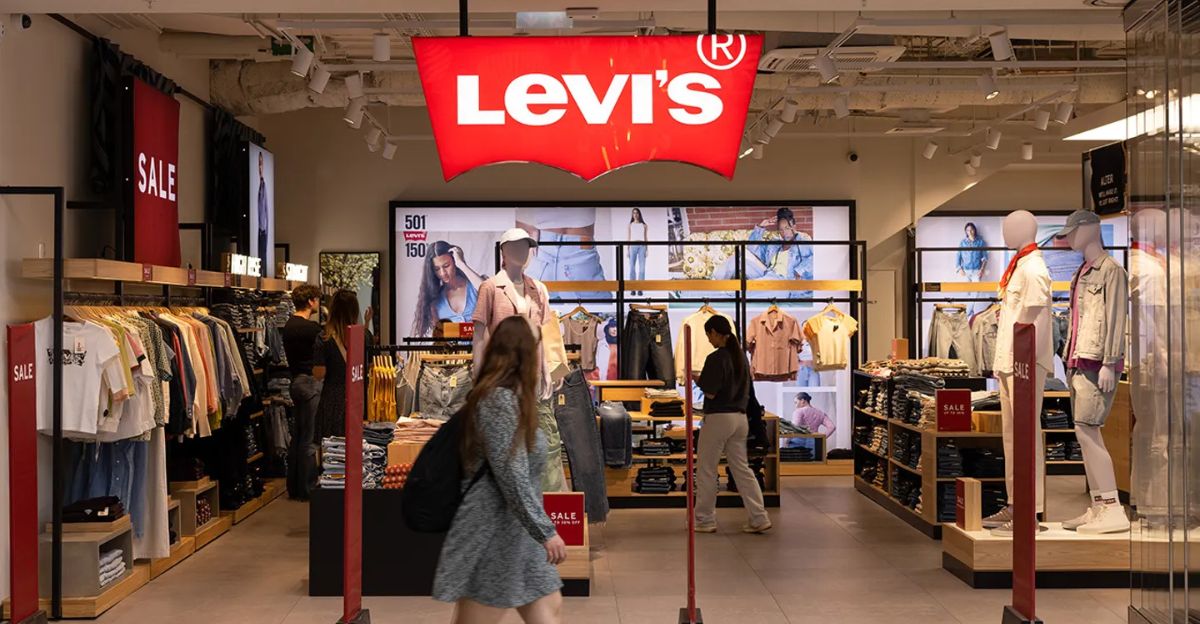
Levi Strauss & Co., a well-known American denim brand since 1853, is at the center of this change. For many years, Levi’s has been a staple of American fashion, symbolizing a tough and timeless style that trends across continents.
Levi’s has caught the eyes of many, from general workers to celebrities. This recent closure has a bigger impact than we think, especially on the workforce directly tied to the operational hubs. It highlights that even a prominent and respected company like Levi’s faces some changes.
The Closing of a Major Distribution Hub

This was a big shock, especially to the workers, when Levi’s closed one of their key distribution centers. It happened suddenly, and hundreds of workers sadly lost their jobs. This closure is part of the bigger picture: Levi’s is moving away from running its warehouses; instead, it wants to outsource its logistics to third-party partners.
Their main aim for this decision is to be more cost-effective and deliver their products efficiently. Still, with a positive, there is likely to be a negative, which in this case, they now need fewer workers, ultimately leading to job losses.
Which Facility Has Been Affected?

Levi’s closed one of their main distribution centers located in Hebron, Kentucky, near the Cincinnati/Northern Kentucky International Airport. This center was company-owned and served as a key hub for warehousing and shipping products to wholesale customers, retail stores, and e-commerce shoppers.
These job cuts have affected workers responsible for different manufacturing, distribution, and production roles connected to the facility. These roles included handling warehousing, order fulfillment, and shipping operations, and supporting Levi’s retail stores, wholesale customers, and online orders.
When Did The Facility Close?
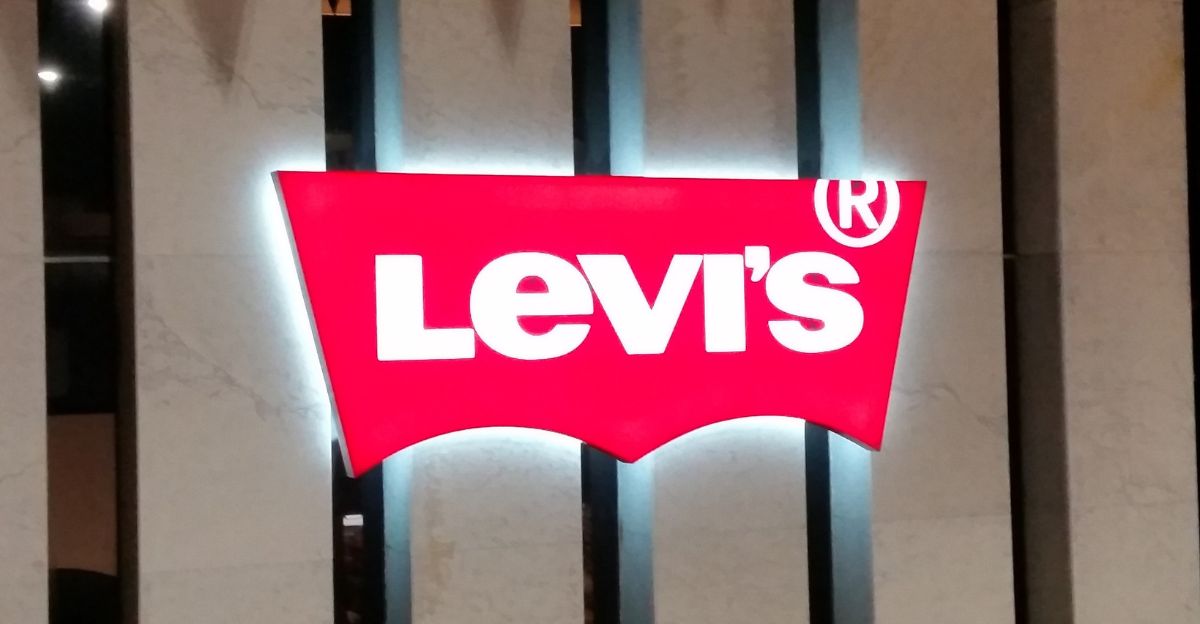
Levi Strauss & Co. announced the closure of its distribution center in Hebron, Kentucky, around mid-2025. Reports have revealed that by July 16, 2025, the company had closed down the facility, leaving many employees without prior notice. Nearly 350 workers have been affected, and layoffs began shortly after the hub’s shutdown.
Some good news is that Emily Knoles, associate general counsel for Levi Strauss & Co., mentioned that some employees affected by the Kentucky distribution center closure can apply for employment at other company locations.
Facing Tough Economic Pressures
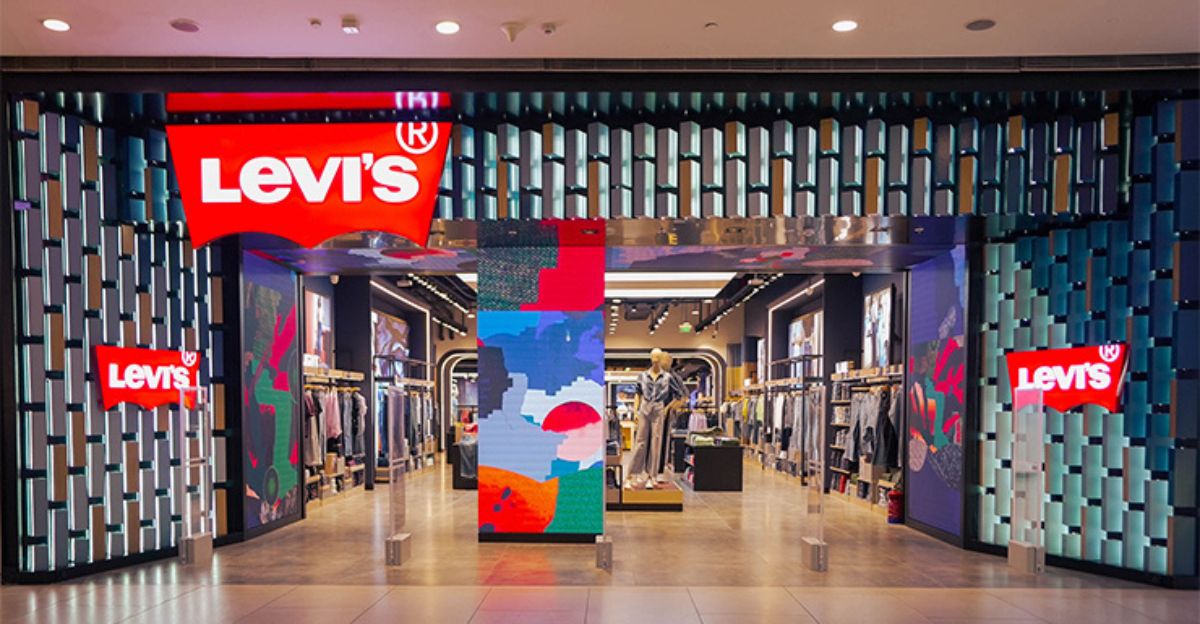
Levi’s is set on adapting and evolving into a new era of the retail environment where the way people buy clothes is changing. Costs are going up, and more shoppers are purchasing items online. For Levi’s to stay competitive, they are moving ahead with a new strategy for handling shipping; they are simply hiring third-party logistics that manage warehouses instead of doing it by themselves.
By hiring outside shipping companies, Levi’s can save money and deliver their products faster, but this means they have to close some facilities and let some employees go. Michelle Gass, CEO of Levi Strauss & Co., stated in a Q1 analysts’ call: “The Levi’s brand is stronger than ever, and we will continue to fuel this momentum through a robust product pipeline and by keeping the brand firmly at the center of culture across the globe. While we recognize that we are operating in an uncertain environment, our global footprint, strong margin structure, and agile supply chain position us to navigate the balance of the year and beyond.”
The company has not only been facing rising prices and changes in what customers want, but also problems in supply chains, which made this decision even more necessary.
The Decline in Apparel Manufacturing the U.S. is Facing
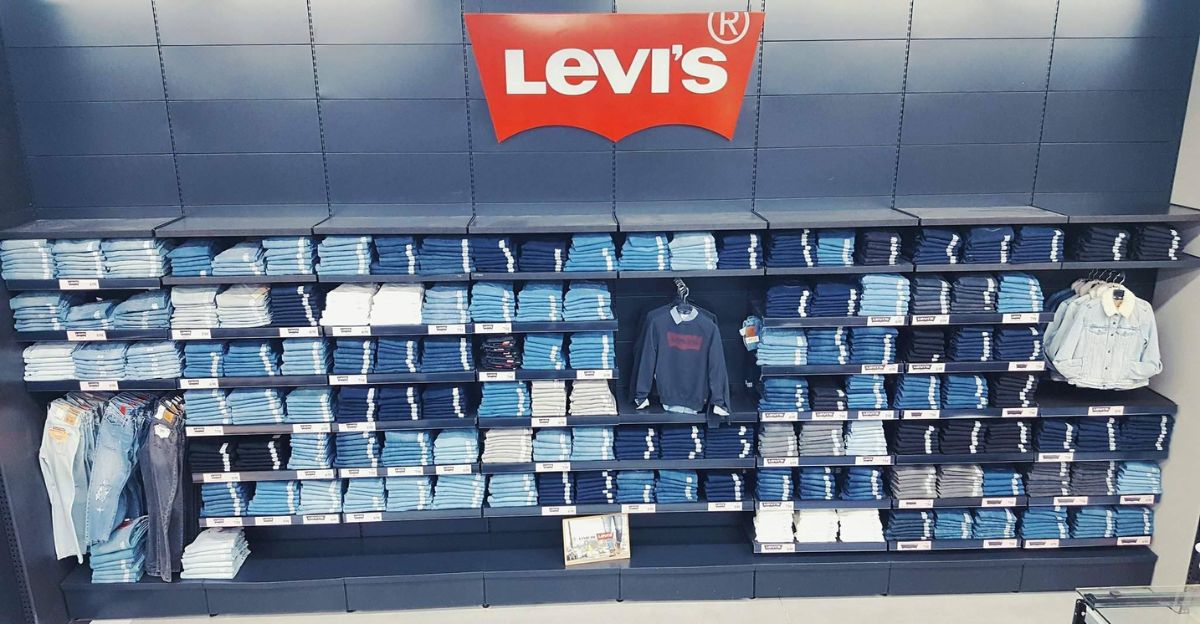
This is not a sudden decision; it is part of a much bigger, longer story on the decline of apparel manufacturing in the United States. Levi’s ceased its last manufacturing plant in North America back in 2003, which led to another significant number of layoffs.
This reflected a bigger trend in the industry where they would outsource production to countries with lower labor costs. This shift has caused a steady loss of manufacturing jobs in the U.S., mostly in regions heavily dependent on garment factories. This meant fewer locals had jobs, which also weakened the local economies.
What Impact Does This Have on Workers and Local Communities?
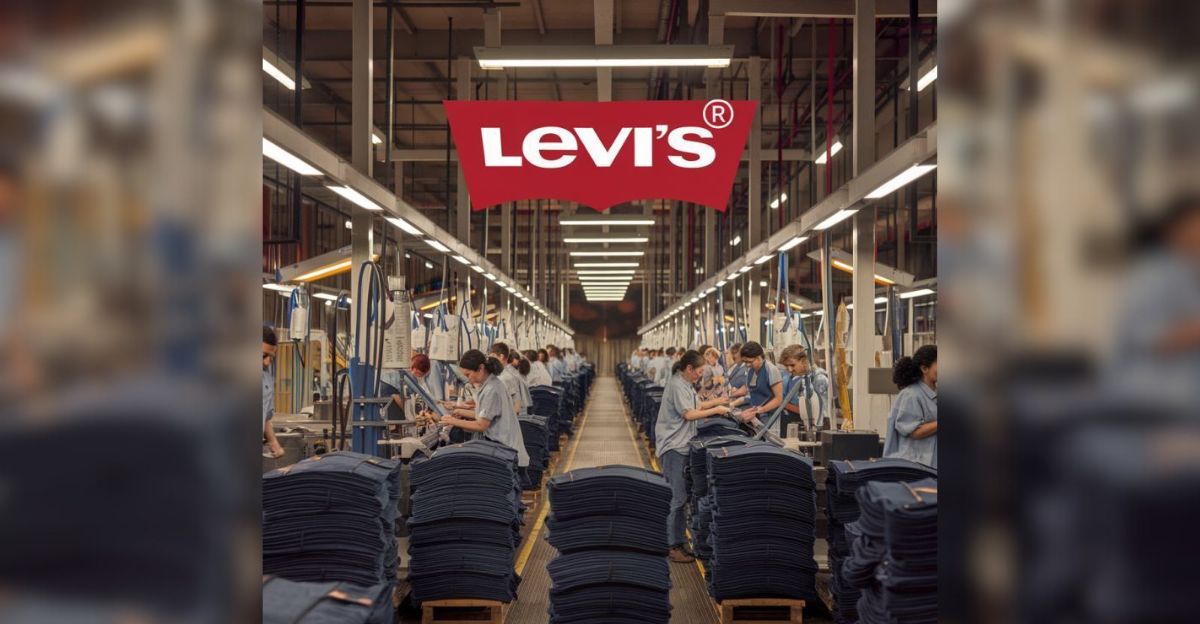
These layoffs meant more than people losing their jobs. It also destabilizes families and the local towns. This is similar to previous cases, such as the closure of VF Corporation’s plant in Andrews, North Carolina. The shutdowns of these companies leave entire communities facing unemployment all at once. This puts a lot of pressure on social services and local businesses as they depend on workers’ spending.
When this happens, the ripple effects are felt all over town because there is less shopping and slower commerce. The Levi’s workers affected are a small part of a much bigger group of apparel employees all over the country who face uncertain futures as manufacturing and distribution jobs disappear.
Shifting Towards Outsourcing
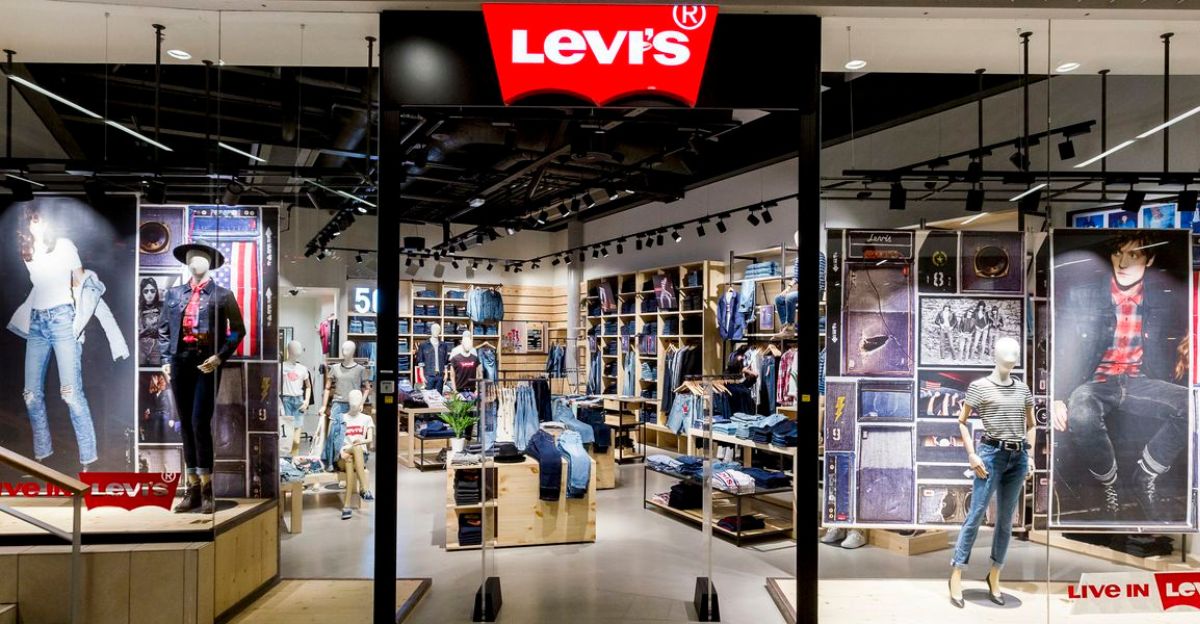
It is not just Levi’s struggling and adjusting to survive in a changing market; they highlighted the situation that many others face. Many famous historic brands are facing tough competition from other countries where their labor is a lot cheaper, forcing them to rethink how they operate their business.
By outsourcing logistics to third-party companies, Levi’s and others gain more flexibility and can lower costs because they don’t have to own or run all their warehouses. It works well for the company, but it can weaken the country’s manufacturing and distribution industry.
What Does The Future Look Like For American Apparel?
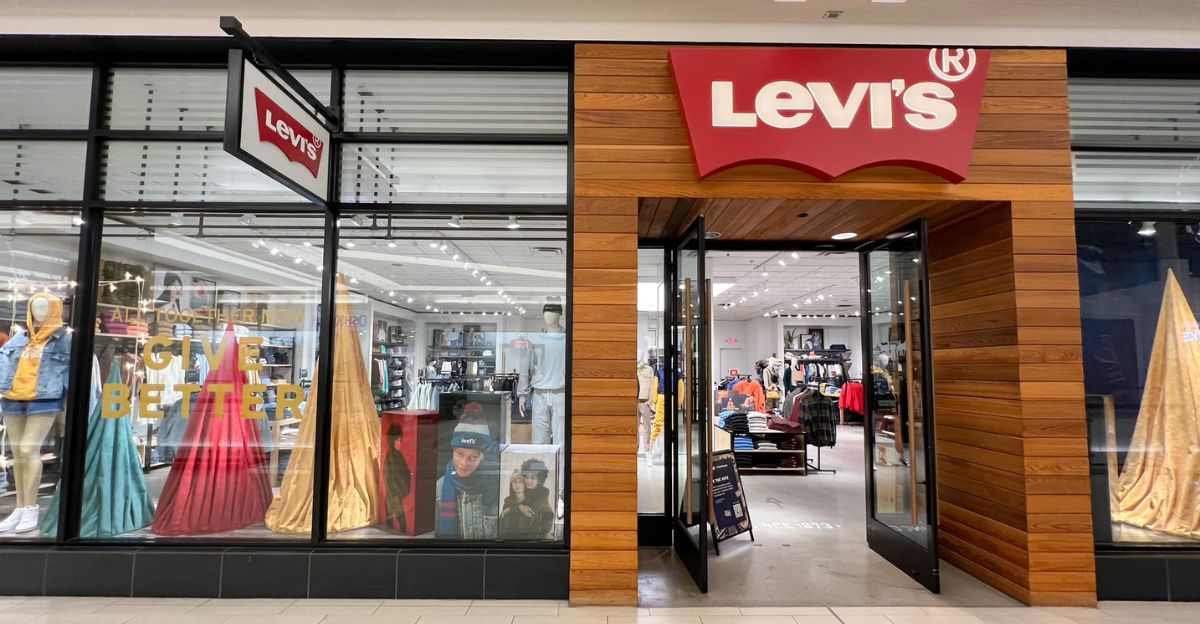
These closures show that if American clothing centers don’t adapt to new ways of working, they might face some struggles in the future. Levi’s and other well-known denim brands must become more modern and efficient while staying true to their history.
This will also change the kinds of jobs people are used to, moving to more online jobs instead of traditional factory work. On a more positive note, new companies that are opened in the clothing industry could offer some opportunities, but it can also be complicated if they have to change career paths.
Community Response and Support Efforts
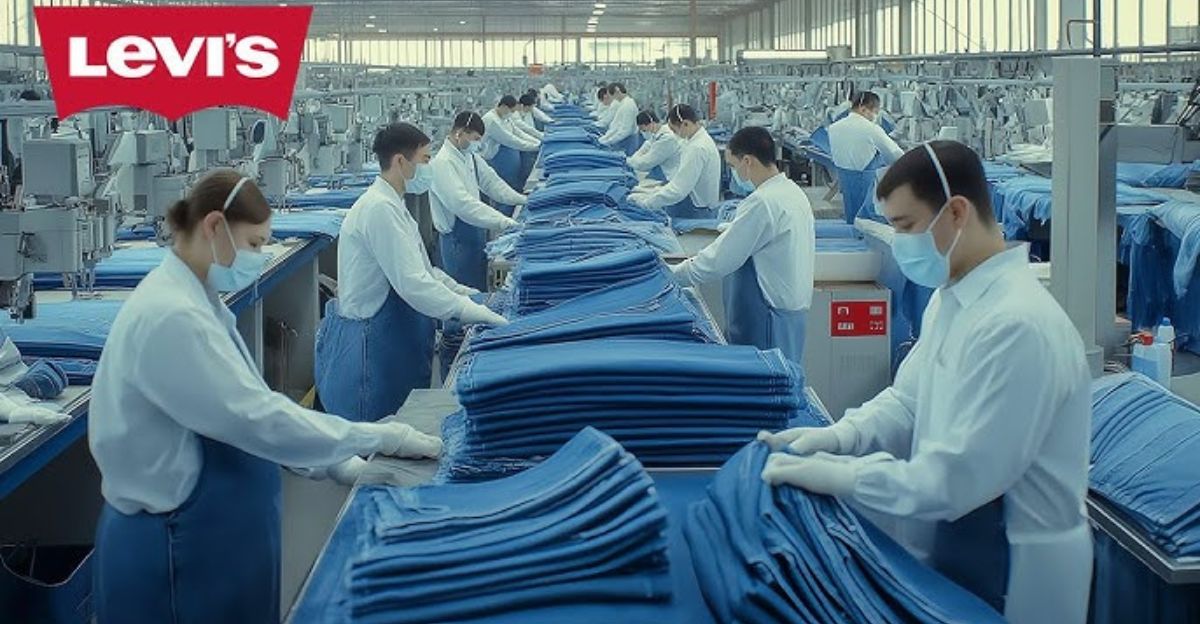
Community leaders and local governments will typically increase their efforts to help the displaced workers. This can include offering job retraining programs, providing unemployment benefits, and developing plans to revive local economies.
There is also increasing attention on helping workers displaced from apparel jobs by promoting workforce development and drawing new industries to invest in these struggling communities.
In addition to that, industry groups are also calling for policies that protect American jobs and promote innovation in manufacturing and retail, aiming to balance economic growth with job security.
